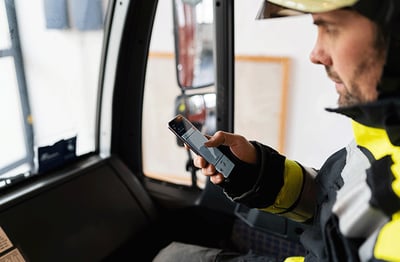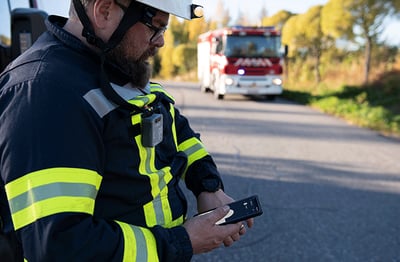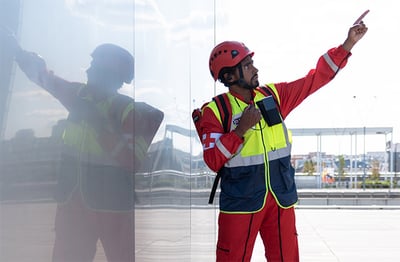People living in Mexico’s state of Querétaro are among the safest in the country – and with 2,000,000 citizens to look after, keeping them that way is a tall order.
One of the world’s most exciting and modern command centres is part of the reason. But what’s behind the centre’s success?
Querétaro state in North Central Mexico is determined to keep a lid on crime and its new command centre has been a key for success in public safety and security. I recently had the privilege to visit the centre and learned that their secret recipe is based on the following five ingredients.
1. All under one roof
The first ingredient is everyone working together, with users from the Federal police, the Querétaro state and its 18 municipalities are all under the same roof. Working so closely together and in the same building is unique at least in Mexico, where municipalities are administrated autonomous from the state. With easier sharing of information, incidents can be dealt with rapidly and effectively.
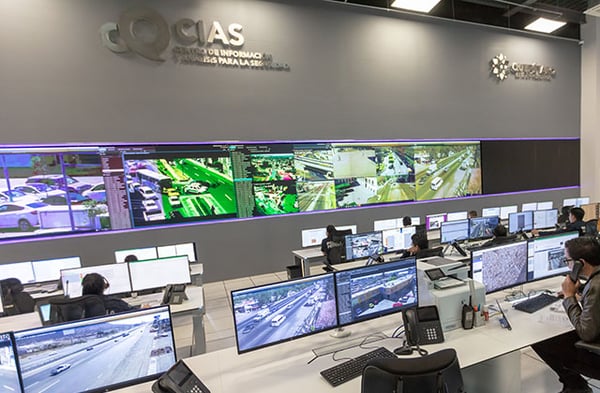 The Centro de Coordinación Querétaro (CQ-CIAS) deals with around 2,400 emergency calls a day.
The Centro de Coordinación Querétaro (CQ-CIAS) deals with around 2,400 emergency calls a day.
But it’s not just about shorter response times. The state of Querétaro has ambitious goals to increase peoples’ trust in authorities. Working in the same building allows officers to share information more effectively, and this can help prevent crime. Lower crime means safer citizens, which will build more trust between the state and the public.
Everyone benefits when cooperation runs smoothly – both the public safety professionals and the people they serve.
2. Command center designed for its users
The new command centre in Santiago de Querétaro looks like it arrived from the future. I was impressed by its futuristic look, its unusual triangle-shape with the almost complete lack of windows.
Later, I learned that the design of the building was more than skin deep. In fact, the new command centre was carefully designed to meet its users’ needs. The layout encourages close collaboration and supports more efficient working, handling more incidents. The result is better support for the ambitious public safety goals of Querétaro state.
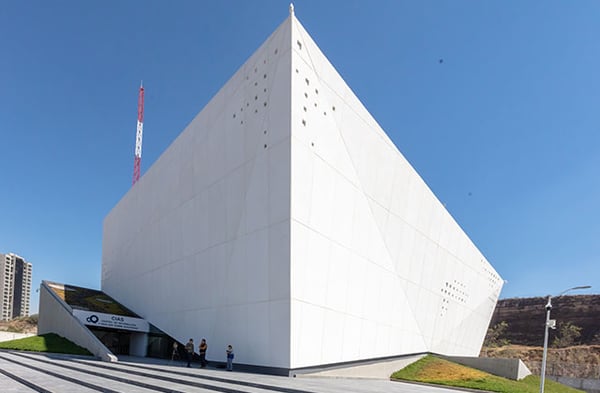 Opened in August 2018, the CQ-CIAS building houses around 80 personnel.
Opened in August 2018, the CQ-CIAS building houses around 80 personnel.
3. Technology to boost efficiency and safety
Another key ingredient of success for Querétaro state has been technology, and how it has been developed to really meet the needs of officers on the street.
For example, using tablets, police officers can record crimes at the scene. This way, people won’t have to visit an office to file a report, thus saving time. The citizen who files the report also knows that the first step has been taken in getting access to justice, so that the crime won’t go unpunished.
The result from the on-site reporting app has been a 35.5% increase in the filing of reports over the last two and a half years. This is really good news, as it means greater participation from the public. Public safety professionals also have more information, helping them do a better job.
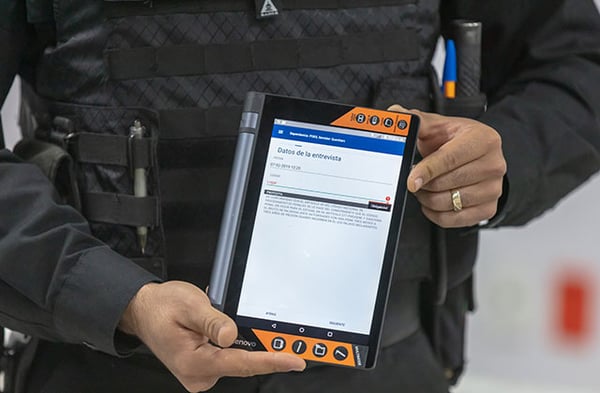 All crime reports at a State level are taken by police officers on site, using a tablet.
All crime reports at a State level are taken by police officers on site, using a tablet.
Querétaro is one of six states with fully IP-based radio communications, which paves the way to public safety broadband. My local Airbus colleagues are working with the authorities in Querétaro state to enable the use of mobile communication services, or mobile phones, to guarantee the security of operators, and improve not only the service, but public confidentiality.
Hand-picked content for you -
4. Using data to fight crime
Making citizens safe also involves giving them the confidence that crimes will be prevented from occurring in the first place. When officers and emergency personnel have more information, they can use data and statistics to plan preventive strategies and actions. Using data, they can see where and when most crimes happen and focus their resources to prevent them, increasing not only the safety of people, but also citizens’ trust in authority.
The CQ-CIAS devotes an entire floor to data analysis. Data scientists and other personnel from several organizations work together on a wealth of statistical data from the field. This data helps officers plan preventive strategies and focus their resources.
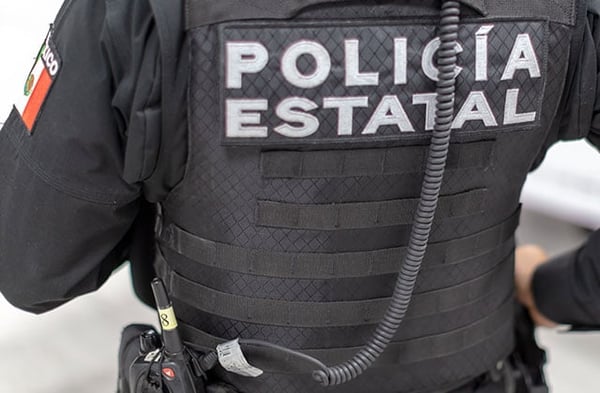
5. Officers get the training support they need
Officers working in the field need many skills to carry out their work. For example, they need to know how to use the tablet and the reporting app as well as know the law. A complicated report requires that they complete 90 questions on the app, and this can take up to 45 minutes.
However, the officers in Querétaro are well prepared. They all receive 1,400 hours of training on this and other tasks. They can also get advice from the Attorney General, so that the report can be completed in real-time at the incident site.
The sixth ingredient?
I would like to add one more ingredient: the willingness and passion of the Querétaro state to always develop further and not settle for “things have been like this for the past 10 years.” Sure, it would be easier to continue in the same old routine. But to be one step ahead, one always has to look for better and more effective ways of working and develop things further – like authorities in the Querétaro state have done.
Want to learn more about this pioneering case? Download the Querétaro case study –


